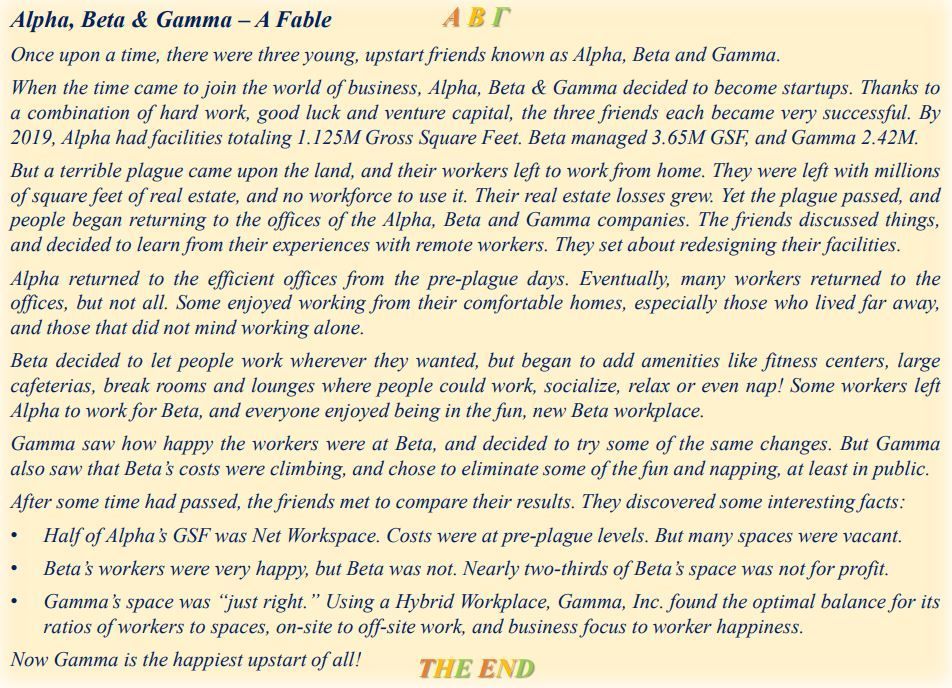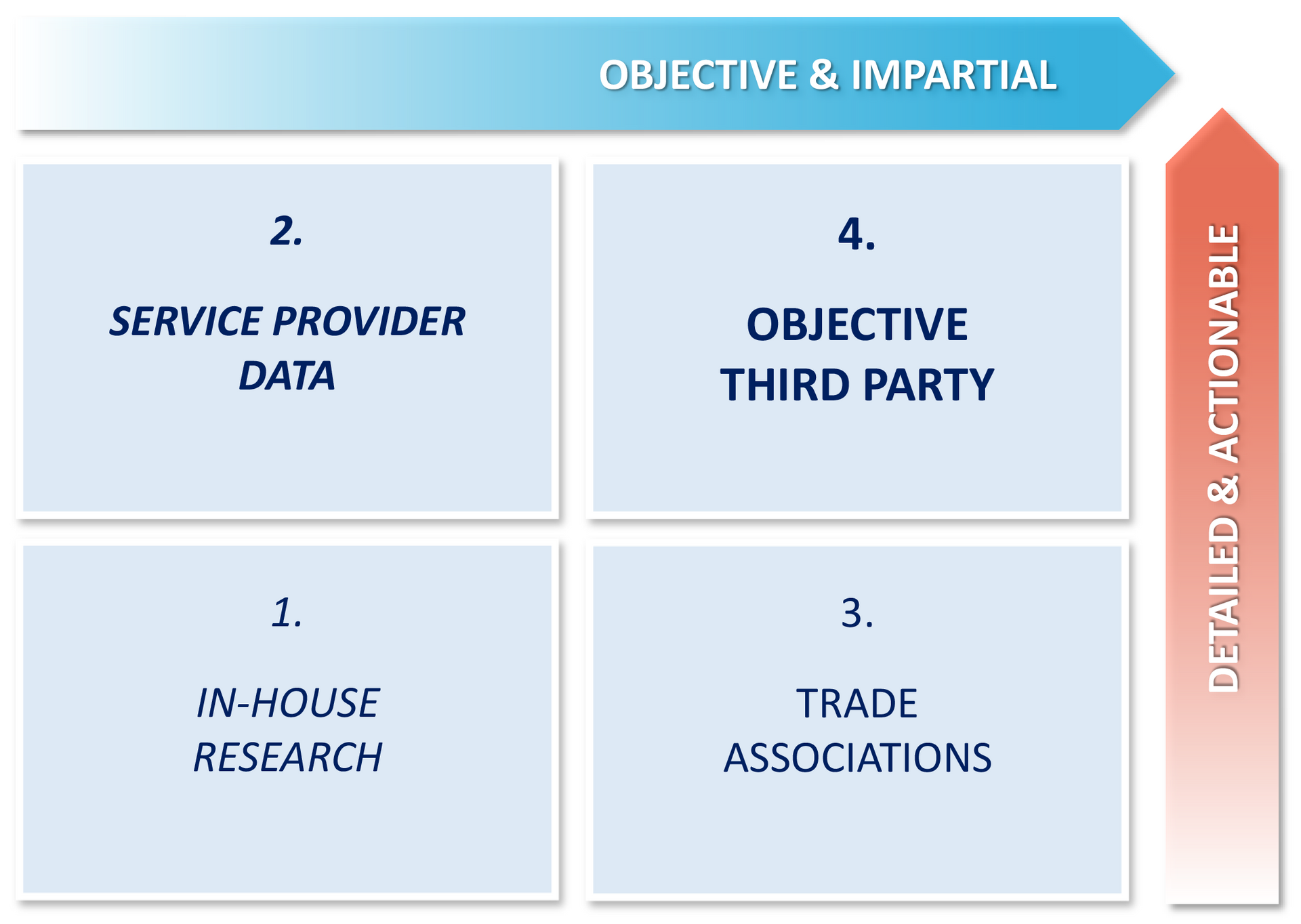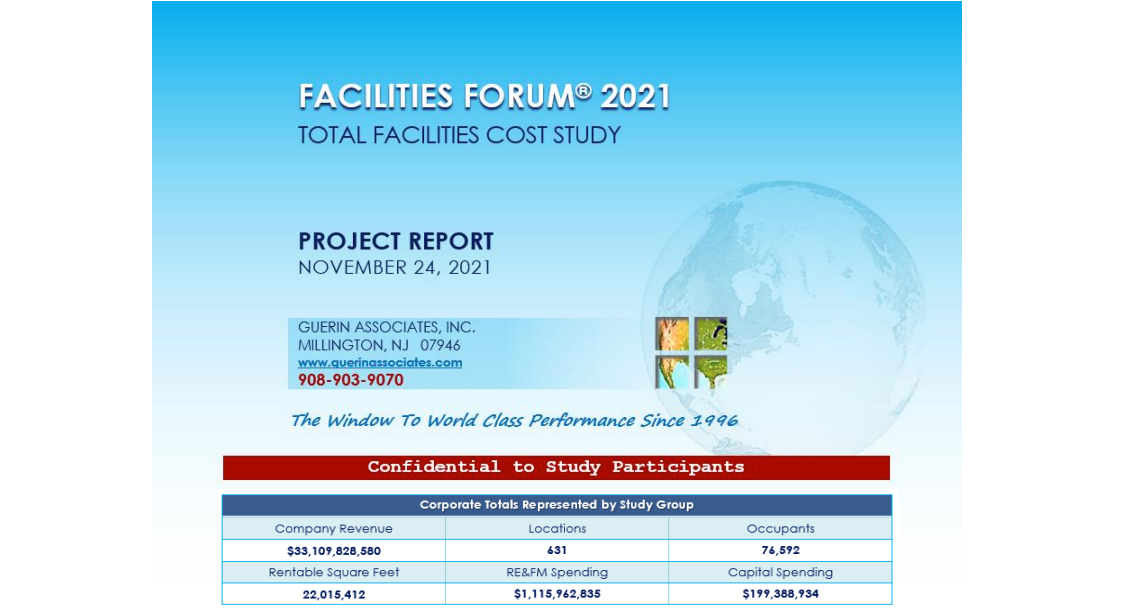Did You Know? Surprising Covid-19 Facts
INTRODUCTION
We have been sharing tools to help navigate the pandemic of the Covid-19 / Corona Virus.
In this post, we address the issues of incorporating the right factors, choosing the right solutions, and making the case that reasonable efforts are being pursued by your team.
These are important factors in finding the best overall approach, but also in demonstrating good faith efforts by your team to address the issues in a reasonable, legally defensible way.
THE RIGHT FACTORS
Covid-19 sometimes affects unexpected areas that should be addressed, although perhaps at a later date. For example, Family Planning may be disrupted by where (or whether) one or both persons are working, as well as their age, income and other factors.
Some factors are more obvious, but may not be clearly defined, such as:
- Essential Workers (Full-time, part-time, temporary, seasonal, etc.)
- Non-essential (Ditto)
- Primarily On-site / Primarily Off-site
- Working From Home (WFH)
- Hoteling, Telecommuting, Satellite Offices, etc.
It's difficult to plan workspace without clarity on the differences, which can be subtle.
An OCCUPANCY MATRIX helps organize both the Workforce and the Workplace by Type of Work (e.g. Isolated vs Collaborative), by Type of Space (Open cubicle, Enclosed office, Semi-enclosed office, teamspace, hoteling space, etc.) and by individual Workstyles.
THE RIGHT SOLUTIONS
Some spaces must be modified due to the virus (esp. Conference Rooms and Benching Areas). Others will accommodate new uses (such as huddle rooms converted to hoteling spaces, available by reservation, coordinated with access, security passes and pre- & post-use cleaning).
The current hiatus is a great opportunity to plan and implement an office hoteling option, policy and procedures. There are many such improvements to consider during the interim, such as:
- Expanded "Clean Desk" policies
- Confirmation of returning vendor staff availability
- Confirmation of long-term critical supply availability
- Analysis of open vs enclosed (enclosed offices are safer and more productive.)
- Note: They are usually more efficient, due to reduced circulation!
- Touchless controls for doors, elevators, etc.
- Surface treatments must be checked for proper dosages, application type, target agent, etc.
- Read the MSDS and the manufacturer's instructions.
- E.g. Do not spray chemicals intended for wiping, do not exceed dosages, etc.
- With fogging, electrostatics, irradiation, etc. ensure all key areas are reached.
- Do not provide solutions that are more toxic than the virus!
"REASONABLE EFFORTS"
Optimization is a hallmark of the reasonable approach. Matching solutions to the degree and probability of risk is a rational strategy for the Environment, Health, Safety & Governance.
We are sharing tools to streamline reasonable efforts, some based on Six Sigma principles.
A RACI MATRIX is invaluable in clarifying key players and roles for major decisions.
R A C I : Responsible - Accountable - Consulted - Informed
- Identify (as columns*) the parties involved in major COVID decisions, for example:
- HR
- Legal
- Facilities & Real Estate
- Procurement (Revised Vendor Terms)
- Security (Access, Entry, Reservations)
- Environmental, Health & Safety (and/or ESG)
- Executives
- List (as rows*) each major activity and decision-making area.
- Indicate by letter (R, A, C, I) the roles the parties have in each of these areas.
- Example: Space Planning may be FM's Responsibility, with the CFO Accountable, Consulting input from HR & Legal, and Information provided to Security.
- Have one point each of Responsibility (implementation) and Accountability (decision-making). Consulting and Information roles may involve multiple groups or persons.
*Note: Rows & columns can be switched for left-to-right schedules and/or process maps.
Please submit your comments or requests below, or contact us for assistance . . .
. . . and watch for our "ULTIMATE COVID-19 CHECKLIST"










